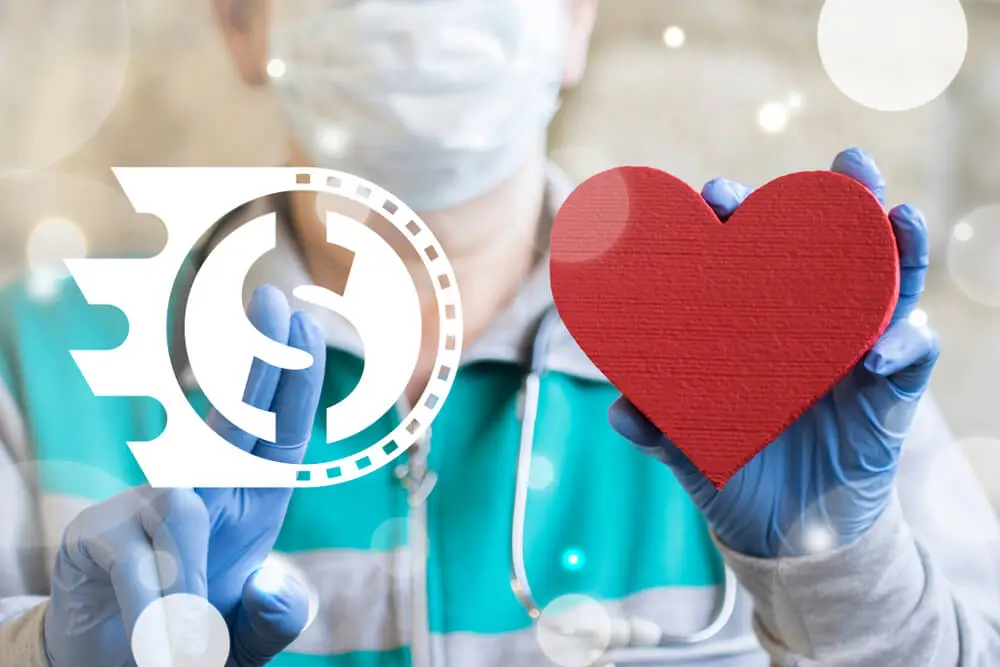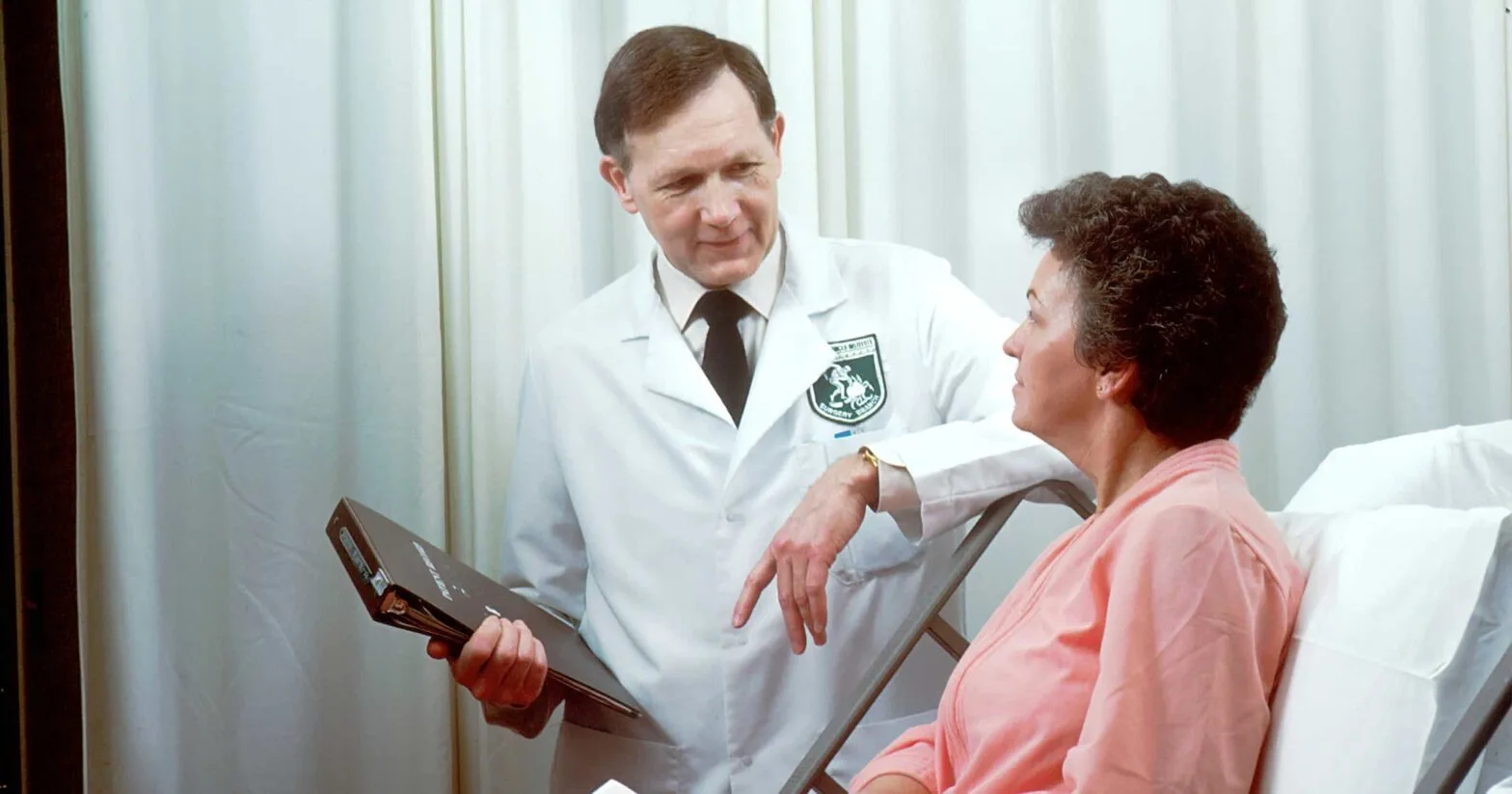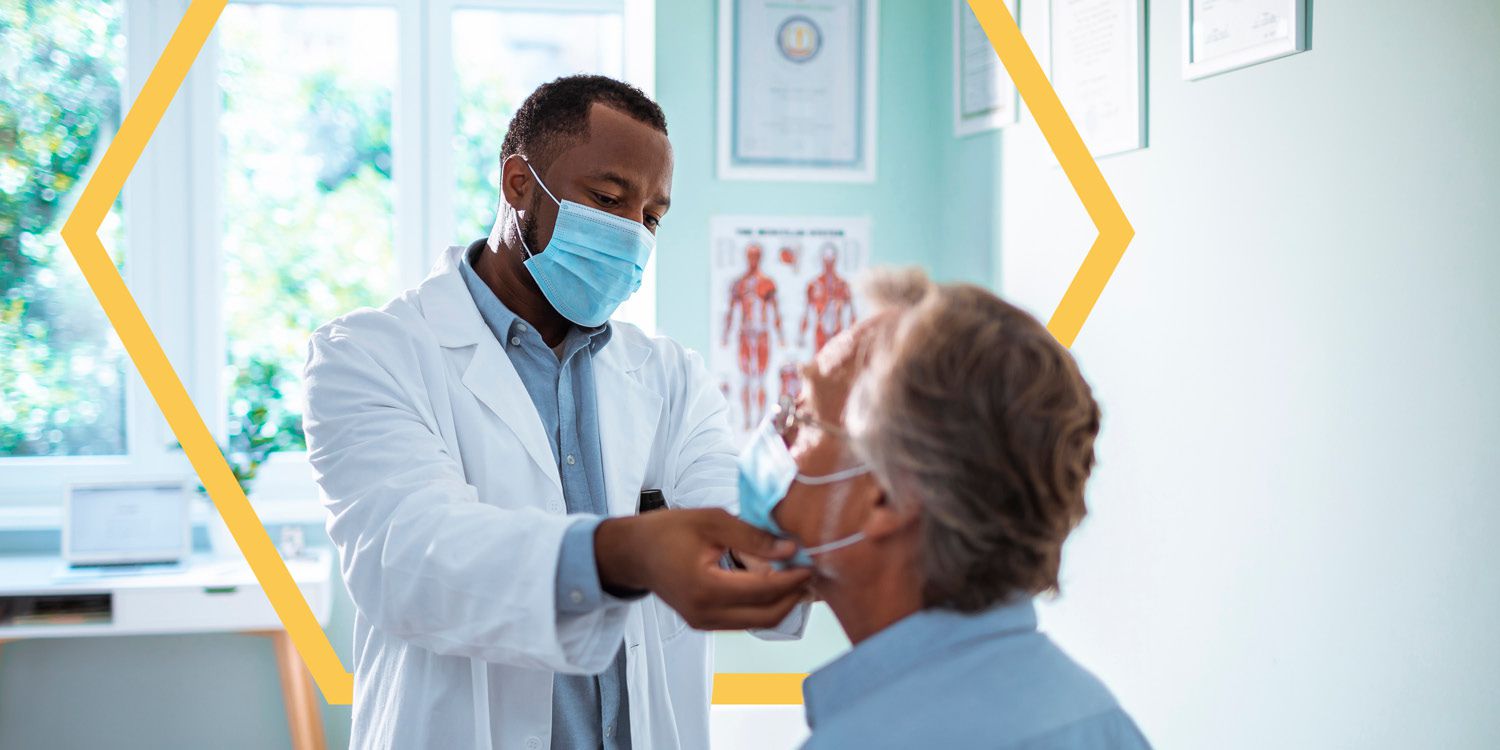Posted on: January 20, 2023
Non-Physician Providers (NPPs) are healthcare providers who are not physicians but who practice in collaboration with or under the supervision of a physician. NPPs may bill payers directly, rather than billing under a physician, in certain circumstances. Examples of NPPs include PAs; APNs; NPs; CNSs; CNMs; and CRNAs. There are three main approaches for billing by Non-Physician Providers (NPPs).
NPPs must be enrolled and receive their own national provider identifier (NPI) in order to directly bill services. Professional services rendered by certain licensed non-physician providers or NPPs may be billed directly to the Medicare program, provided that the services are within the NPP’s scope of practice, as defined by State law.
Nonphysician practitioners may provide their services to Medicare beneficiaries directly or to a physician. To bill directly, nonphysician practitioners may be independent contractors or employees of physicians, who may bill Medicare separately from their physicians’ group practice. Nonphysician providers include Registered Nurses (RNs), Clinical Nurse Specialists (CNSs), Certified Nursing Assistants (CNAs), and Certified Nurse Midwives (CNM).
Services furnished by NPPs may be billed under a physician’s provider number as ‘incident to’ the physician’s services if certain criteria are met. A supervising physician or other authorized practitioner (including PAs, NPs, and CNSs) may supervise certain other employees who provide services incident to the physician or other practitioner’s services. The supervising physician or other supervising practitioner then bills for that incident-to-service using his or her NPI. Unlike direct billing, an NPP need not have his or her own provider identification number in order for services furnished by the NPP to be billed as ‘incident to’ a physician’s services.
The services of non-physician providers (NPPs) treating eligible beneficiaries are generally eligible for 100 percent reimbursement under Medicare when billed under their NPI, as opposed to 85 percent reimbursement when billed under the NPP’s NPI. To be reimbursed under an “incident to” an eligible physician’s services, care must be provided before or after the date that care was rendered by the physician himself or herself and is not related in any way to an emergency or abnormal condition.
The following services must be performed by a physician for additional coding to be accepted on Medicare and Medicaid, or to be accepted in codes used by private insurers. For a service furnished by an NPP to be covered as ‘incident to’ the services of a physician, there must have been an initial first service, a direct, personal, professional service, furnished by the physician to begin the course of treatment of which the service being performed by the NPP is an incidental part, and there must be subsequent services by the physician of a frequency that reflects the physician’s continuing active participation in and management of the course of treatment
Physicians must be involved with the medical care of patients and document clinical notes in the hospital’s medical record system. Clinical notes should contain evidence that the supervising physician was actively involved in the care of the patient and was present and available during the visit.
A shared/split E/M visit is defined by Medicare Part B payment policy as a medically necessary encounter with a patient where the physician and a qualified NPP each personally perform a substantive portion of an E/M visit face-to-face with the same patient on the same date of service. A substantive portion of an E/M visit involves all or some portion of the history, exam, or medical decision-making key components of an E/M service. The physician and the qualified NPP must be in the same group practice or be employed by the same employer.
When an E/M service is a shared/split service between a physician and an NPP, the service is considered to have been performed ‘incident to’ if the requirements for ‘incident to’ are met and the patient is an established patient. In this case, the service is reported using the physician’s unique physician identification number (‘UPIN’)/provider identification number (‘PIN’). If the requirements for ‘incident to’ are not met,
When a hospital inpatient/outpatient or emergency department E/M service is shared between a physician and an NPP from the same group practice, the physician provides any face-to-face portion of the E/M encounter with the patient with that UPIN/PIN. However, if there was no face-to-face encounter between the patient and the physician, either may report the service.




We are here to help you. Send us a message and we will get back to you!